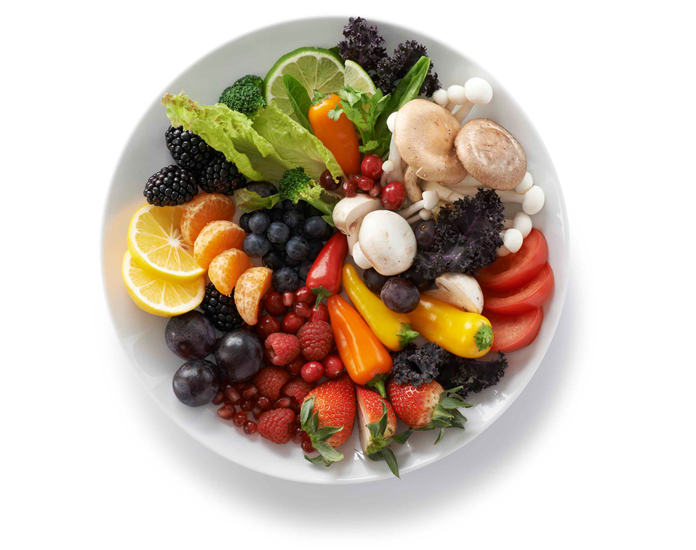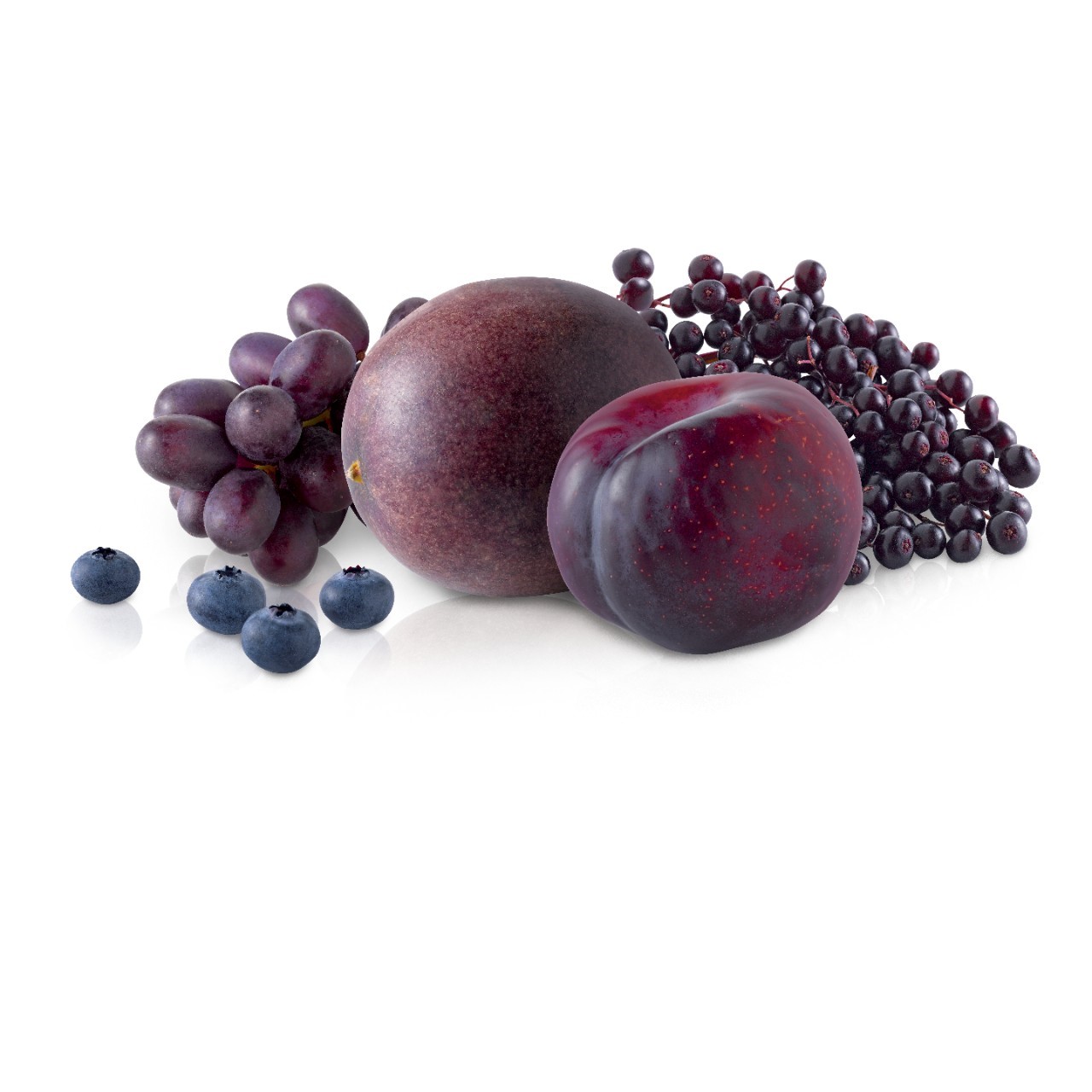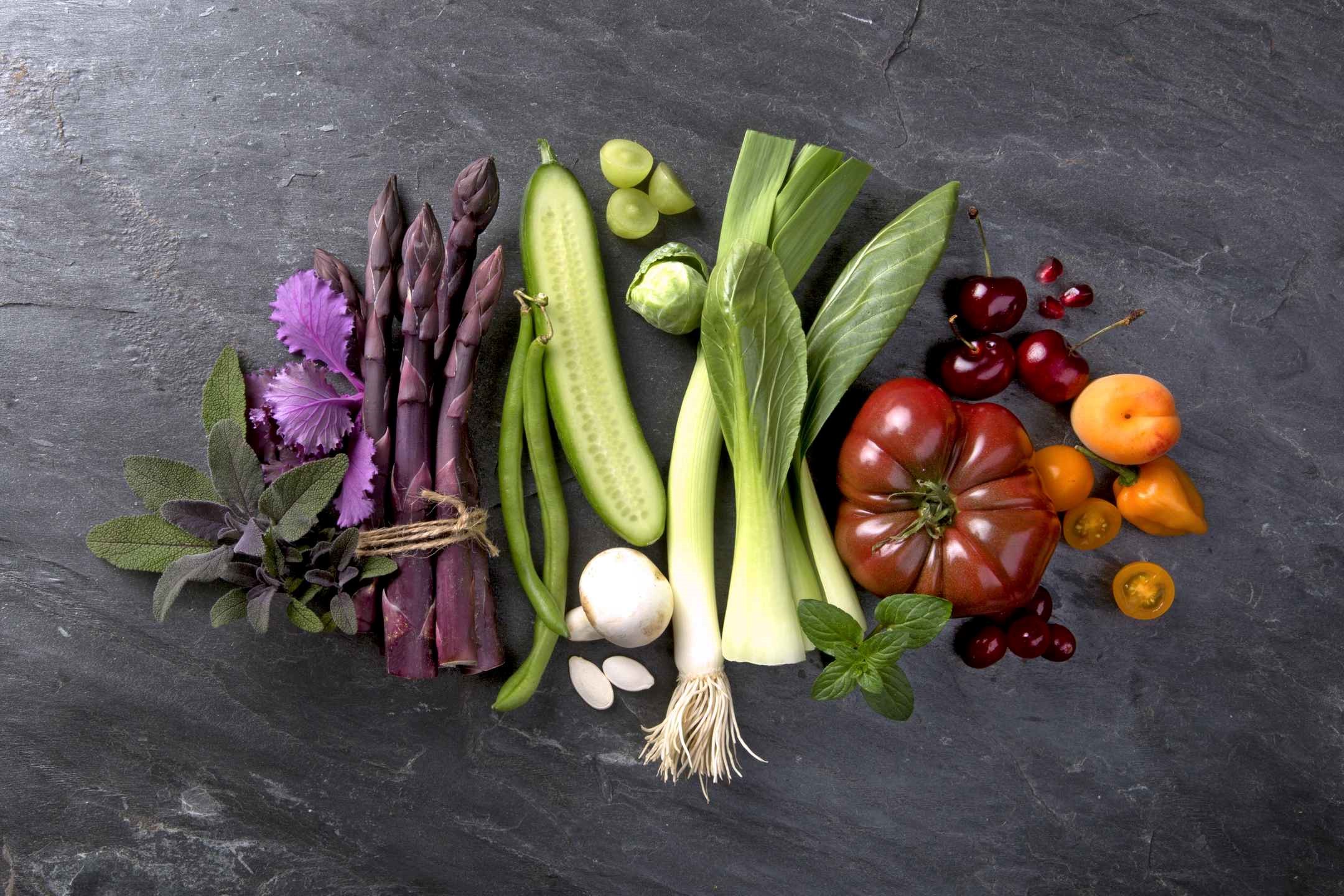Committing to a healthy lifestyle involves engaging in regular exercise, getting adequate sleep, and eating well-balanced meals. Loading up on phytonutrients is a great way to keep your health at its peak, since they’re known to work with other nutrients in your body to promote good health.
If this is your first time reading about phytonutrients, keep on going! We’re here to tell you what they are, and why they’re good for you.
What are Phytonutrients?

Also known as phytochemicals, these are compounds produced by plants. They keep plants safe from environmental damage, and are also responsible for their vibrant colors, distinct taste, and scent.
In fact, you might already know some of the most common phytonutrients: lutein, flavonoids, coumarins, indoles, isoflavones, lignans, organosulfur and plant sterols.
Aside from protecting plants, these compounds are beneficial to the human body. They can help maintain good health and promote proper nutrition.
Sources of Phytonutrients
These are found in natural food such as nuts, vegetables, whole grains, fruits, and tea. It's a good idea to eat the rainbow. You can do this by filling your diet with fruits and vegetables of every color.
Types and Their Benefits
Here are a few types of phytonutrients, along with their proposed health benefits. Take a look and learn how to enrich your diet with phytochemicals.

- Carotenoids - This phytochemical protects plants from harmful sun rays and also helps them convert sunlight into energy. Common kinds of carotenoids include lutein and beta-carotene, which converts into vitamin A. The antioxidant properties of carotenoids boost eye health.
This phytonutrient gives the orange, red, and yellow pigment of fruits and vegetables. Carrots, squash, camote, oranges, and tomatoes are rich sources of carotenoids.

- Resveratrol - This is a compound that helps plants recover from excessive sun exposure and fungal infection. When eaten, resveratrol promotes healthy cell function. It also promotes heart health by encouraging smooth blood flow.
Grapes (especially its skin) and red wine are abundant in resveratrol. You can also get it by eating or drinking the juice of other red, purple, and blue fruits such as strawberries, cranberries, blueberries, and pomegranates. Other sources include peanuts, dark chocolates, peanut butter, and pistachios.
- Flavonoids - This compound helps plants adapt to weather changes. For instance, it helps them better tolerate extreme heat and freezing conditions. It's also one of the biggest groups of phytochemicals. Some of its types include flavonols, isoflavones, and flavones.
Flavonoids have strong antioxidant properties. It helps protect your body against toxins and plays a role in maintaining healthy cell communication. Flavonoid-rich food includes coffee, mint, onion, ginger, lettuce, chamomile, red pepper, and soy products like taho and tofu.
How to Get Enough Phytonutrients

Painting the rainbow with your food is one way to ensure a balanced diet. You can do this by regularly eating a wide range of colorful vegetables and fruits.
Taking supplements is also a great way to ensure that you meet daily nutritional requirements. It can help fill nutrition gaps on days when you don't consume enough healthy food. Supplementation may also be helpful for people with dietary restrictions.
If you're looking for multivitamins, try the next generation of Nutrilite™ Double X™. It contains an exclusive blend of botanical extracts from 3 main ingredients: turmeric, rosemary, and sophora japonica. The next generation of Nutrilite™ Double X™ also makes it easier for you to eat the rainbow because it is filled with plant concentrates that come from all 5 colors of the phytonutrient spectrum.
Aside from regulating plant health, phytochemicals also offer vast health benefits, like improved blood flow and protection from free radicals. Get them by consuming a wide array of fruits and vegetables. You can also support your diet with supplements to ensure that you meet daily nutritional needs.